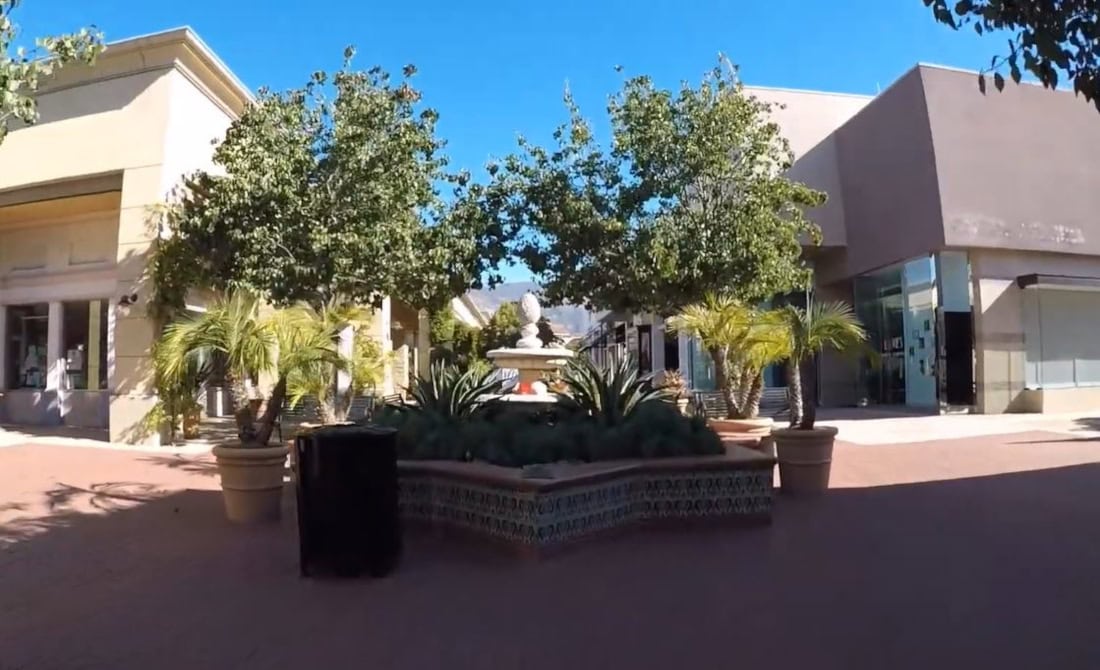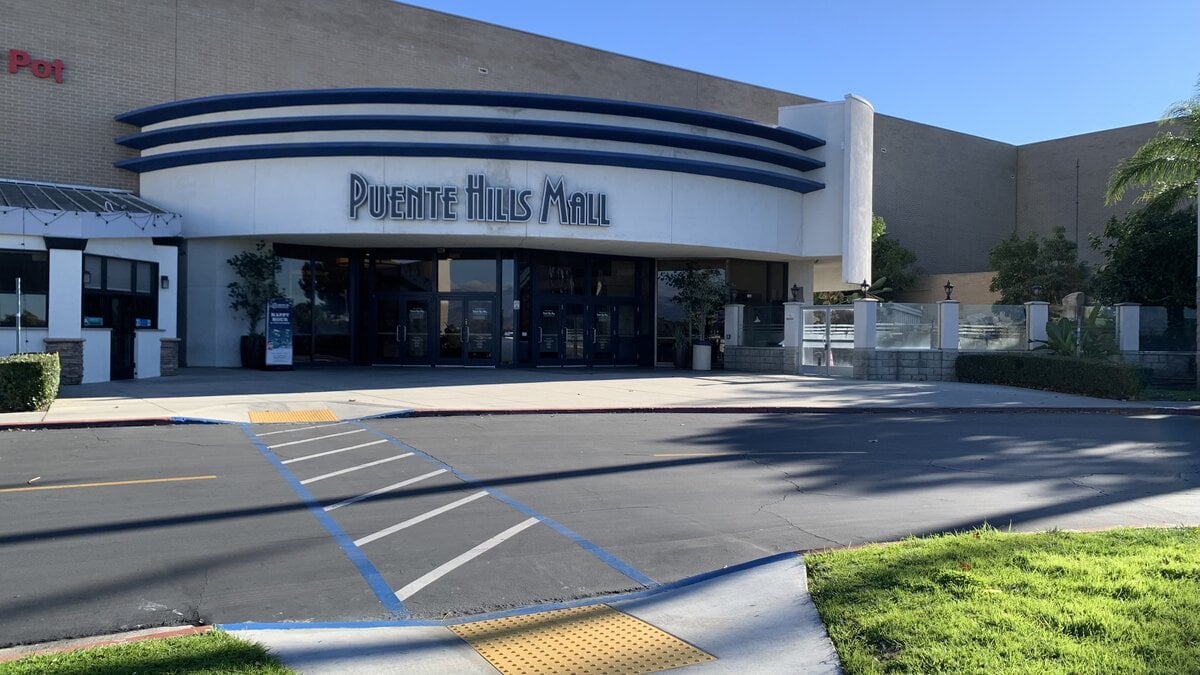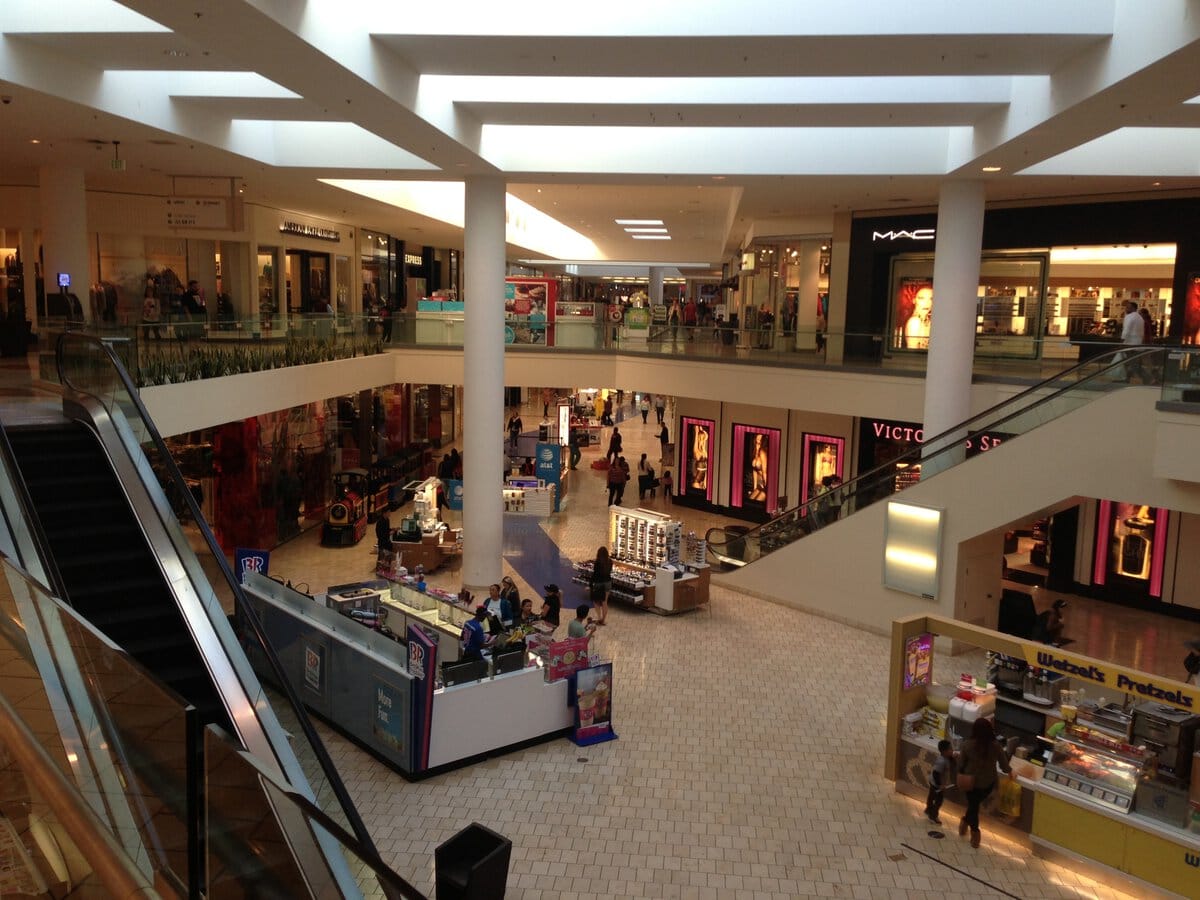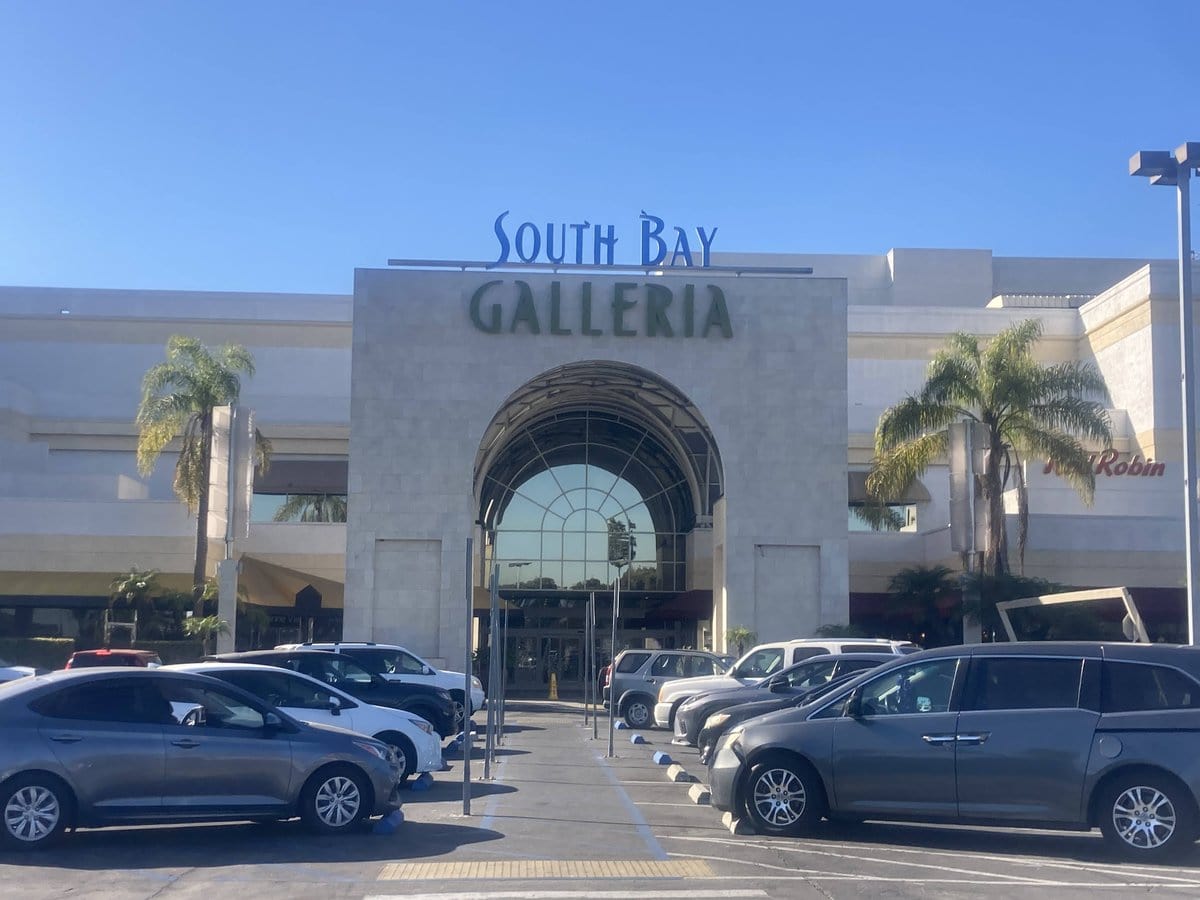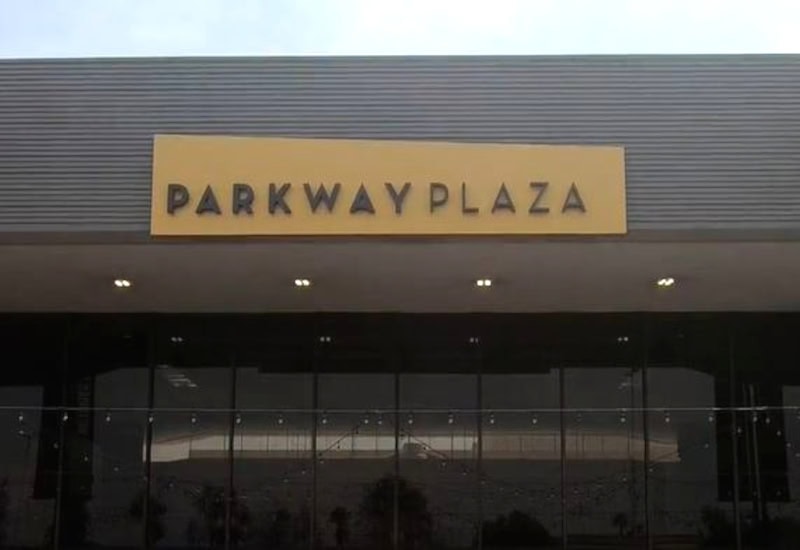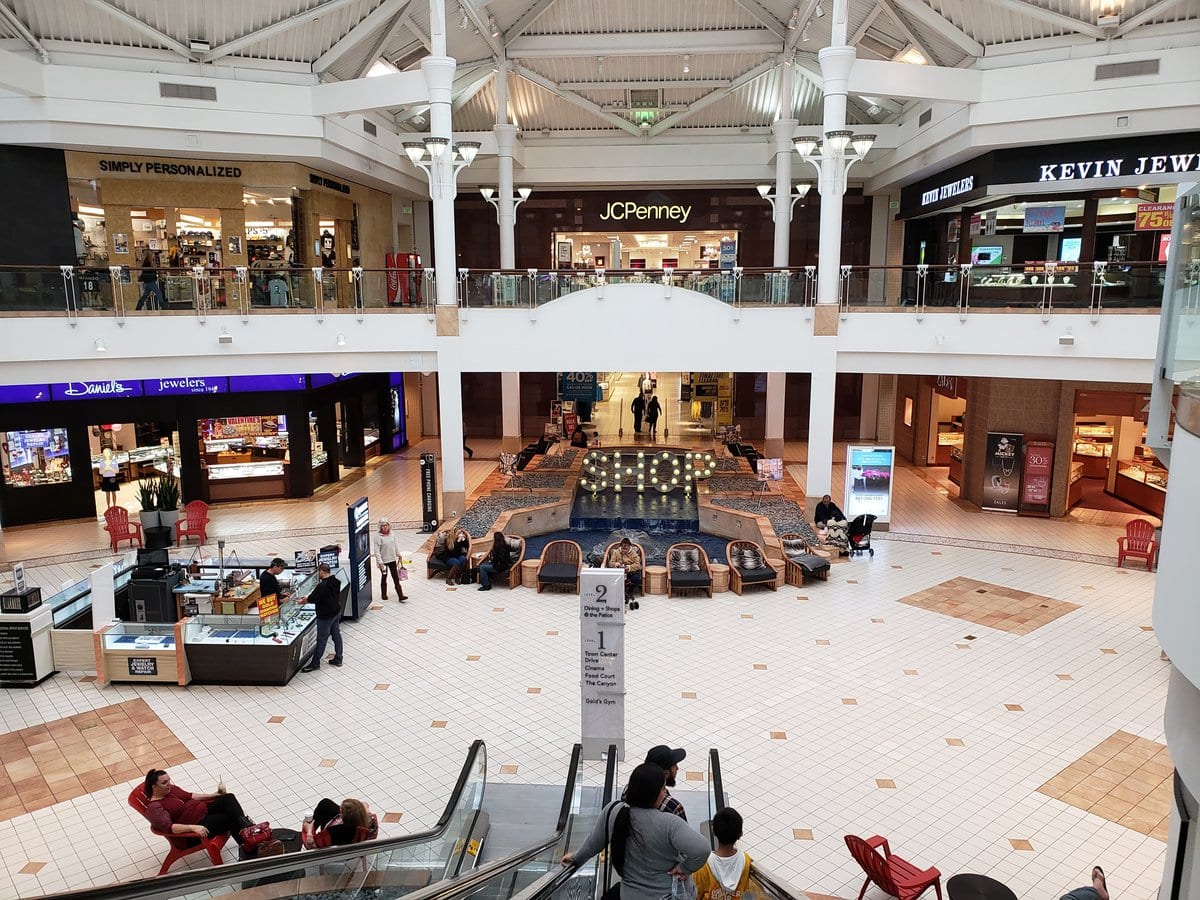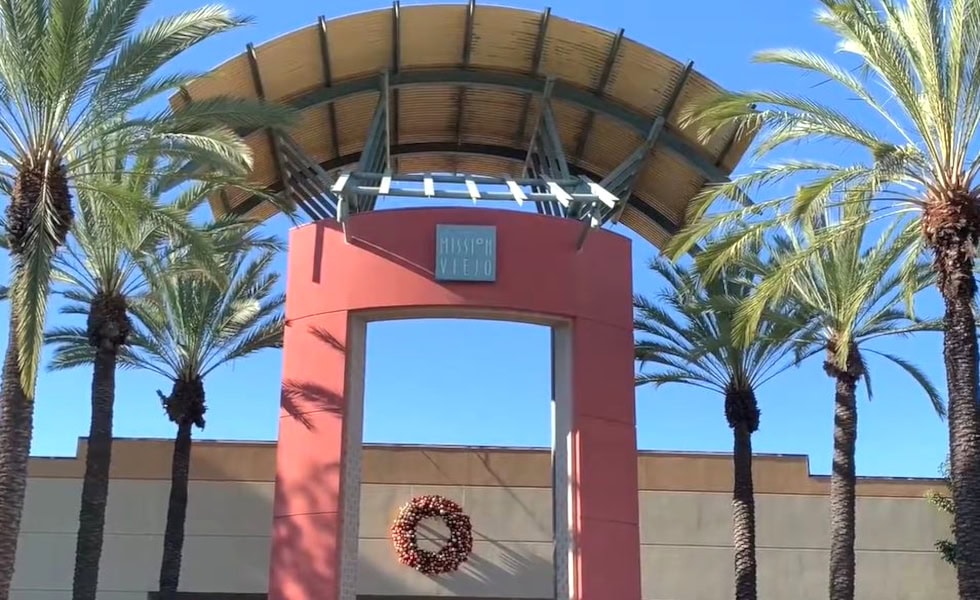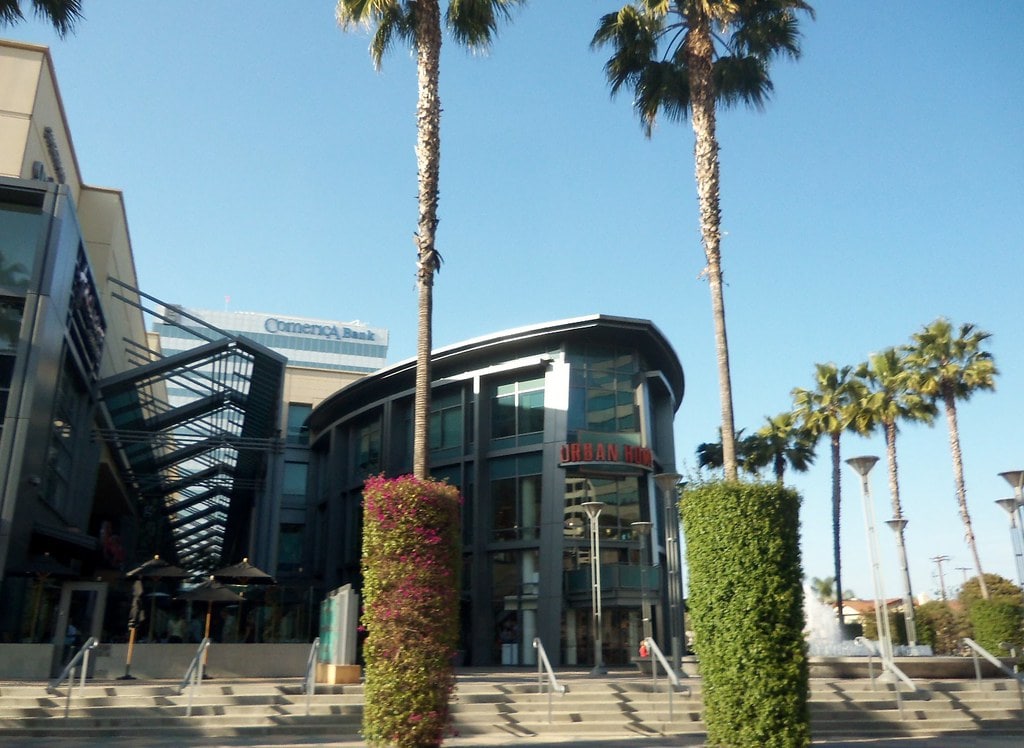Even if you've lived in Costa Mesa, CA, for years, you might not know why it was once called Goat Hill or that its name came from a post office requirement.
You might've missed the old neon bowling alley, or the fact that the city helped launch both a global church movement and a type of motorcycle racing still held on a dirt track.
These aren't tourist talking points. They're the overlooked details that built Costa Mesa into what it is today.
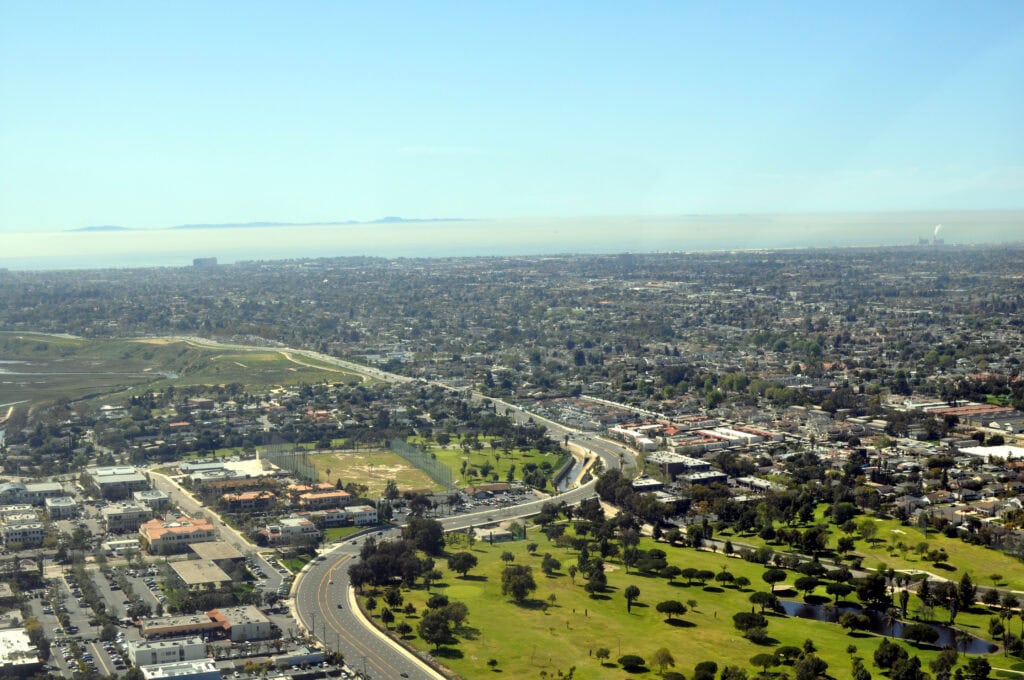
A post office rule helped cement the city's name
In 1920, Costa Mesa wasn't yet a city, but it had a post office, and that office played a direct role in naming the place.
At the time, the settlement was called Harper, but residents kept confusing it with "Haperville," located elsewhere in California.
The U.S. Post Office Department required clearer naming to avoid mail misdelivery, so a contest was held.
Alice Plumer's suggestion of "Costa Mesa", Spanish for "coastal tableland," was selected.
It was approved by postal officials and adopted citywide on May 11 of that year.
The name stuck, and the Harper post office quietly changed its signage to match.
Goat Hill was the official nickname for decades
Long before Costa Mesa was incorporated in 1953, residents called it "Goat Hill." The nickname came from the area's undeveloped hills, where goats grazed freely and dirt roads kicked up dust all the way to the ocean.
It wasn't just a passing joke - "Goat Hill" was used on early postcards and local maps.
The nickname appeared in newspaper columns as late as the 1960s, when Costa Mesa was still shaking off its rural image.
There's no statue or sign honoring it, but the nickname marked a time when Costa Mesa was known more for livestock than luxury malls.
The city sits on land that once grew the world's lima bean supply
In the early 1900s, the land that now houses South Coast Plaza and nearby commercial areas was part of the huge Irvine Ranch.
At one point, this land was considered the largest producer of lima beans in the world.
Harvests were shipped across the country and helped feed American troops during World War I. The area's flat terrain and coastal climate made it ideal for legumes.
Today, most traces of the agricultural past have disappeared, replaced by high-end shopping and office towers.
But the bean fields once defined Costa Mesa's economy and contributed directly to the war effort.
You can't keep more than five pets, and no exotic animals at all
Costa Mesa municipal code limits residents to five domestic animals per household, not counting those under four months old.
Dogs, cats, and rabbits are allowed under this rule.
Still, any non-domesticated animals, like snakes, goats, or large birds, are prohibited, even if kept indoors or on private property.
The rule is enforced by the Costa Mesa Police Department's Animal Control Unit, and violations can result in fines.
The five-pet limit is stricter than in many neighboring cities.
It applies even to animal rescue groups, which must obtain special permits if they house more animals on-site for fostering or care.
The city's amphitheater shrank after neighbors filed lawsuits
When the Pacific Amphitheatre opened in 1983, it seated over 18,000 people. It attracted big-name performers like Madonna and the Grateful Dead.
But the stage pointed directly at new housing developments, and concert noise drew complaints from day one.
Within a few years, homeowners sued. The venue shut down in the 1990s and sat unused for almost a decade.
When it reopened in 2003, it had been redesigned with a smaller capacity, under 8,000 seats, and major acoustic modifications.
Today, it's used mainly during the Orange County Fair and for seasonal performances, operating under tighter restrictions.
A neon bowling alley once stood at the center of Costa Mesa nightlife
Kona Lanes opened in 1958 on Harbor Boulevard with a design that blended Polynesian themes and mid-century futurism.
The building's Googie architecture, featuring a V-shaped roofline, lava rock, and bright neon, made it a regional landmark.
For 45 years, it served as a late-night bowling alley and concert venue. It was especially popular among teenagers and local leagues.
The site was demolished in 2003, but its towering neon sign was salvaged and moved to the American Sign Museum in Cincinnati.
The property sat vacant for several years before being developed into senior apartments. Nothing remains on site.
Motorcycle racers still compete on a track built in 1969
Costa Mesa Speedway was built inside the Orange County Fairgrounds to host motorcycle speedway races, short, high-speed contests run on a dirt oval.
The track opened in 1969 and quickly became a major draw for racers from the U.S. and Europe.
British champions like Ivan Mauger and Barry Briggs competed there in the 1970s, helping to revive the sport in Southern California.
The races are held on Friday nights and attract a mix of pro riders and longtime fans.
The format has remained mostly unchanged for over five decades: four riders per heat, no brakes, and a loose dirt surface.
A church movement with global reach started in a Costa Mesa trailer
In 1965, Chuck Smith founded Calvary Chapel Costa Mesa with just a few dozen congregants meeting in a trailer.
By the early 1970s, the church became a central site in the Jesus Movement, a youth-led Christian revival.
Smith welcomed surfers, hippies, and musicians who had felt excluded from traditional churches.
From that group came the Christian rock band Love Song and the Maranatha! Music label.
Over time, the movement expanded into a global network of over 1,800 affiliated churches.
The original Costa Mesa site served as the administrative and spiritual hub well into the 1990s.
An adobe in a park survived fires, floods, and stood for 200 years
The Diego Sepúlveda Adobe, tucked inside Estancia Park, was built around 1820 as a fortified outpost for herding cattle along the Santa Ana River.
It served as a shelter during raids and a stop for Franciscan missionaries.
The adobe has withstood multiple floods and a major fire in the 1960s, after which it was partially rebuilt using original materials.
The Costa Mesa Historical Society now runs it as a museum, though it's open only during limited weekend hours.
Its thick walls, built from hand-mixed adobe brick, have stood in place for over 200 years.
A WWII air base here trained pilots without planes or a runway
Santa Ana Army Air Base opened in 1942 on land that now belongs to Costa Mesa and neighboring cities.
It served as a non-flying training and classification center for U.S. Army Air Forces cadets during World War II.
The base had no airstrip. Soldiers trained in classrooms, obstacle courses, and dormitories while awaiting their assignments to flight school.
At its peak, it processed tens of thousands of cadets. After the war, the base closed, and the land was gradually repurposed.
Orange Coast College, Vanguard University, and the Orange County Fairgrounds now stand on former base property.


